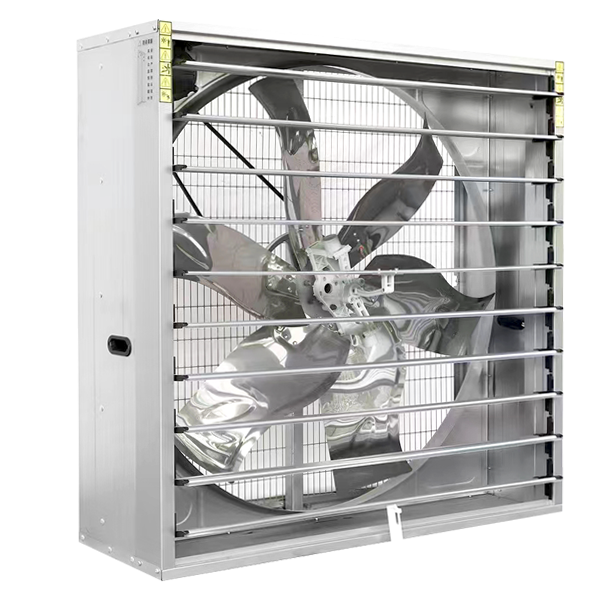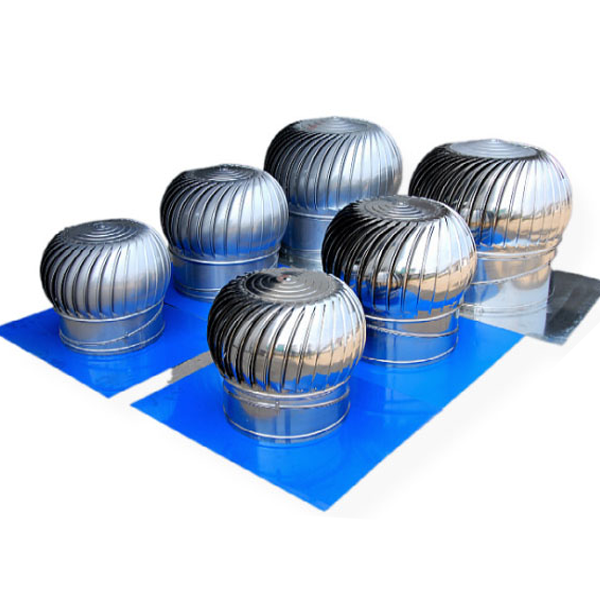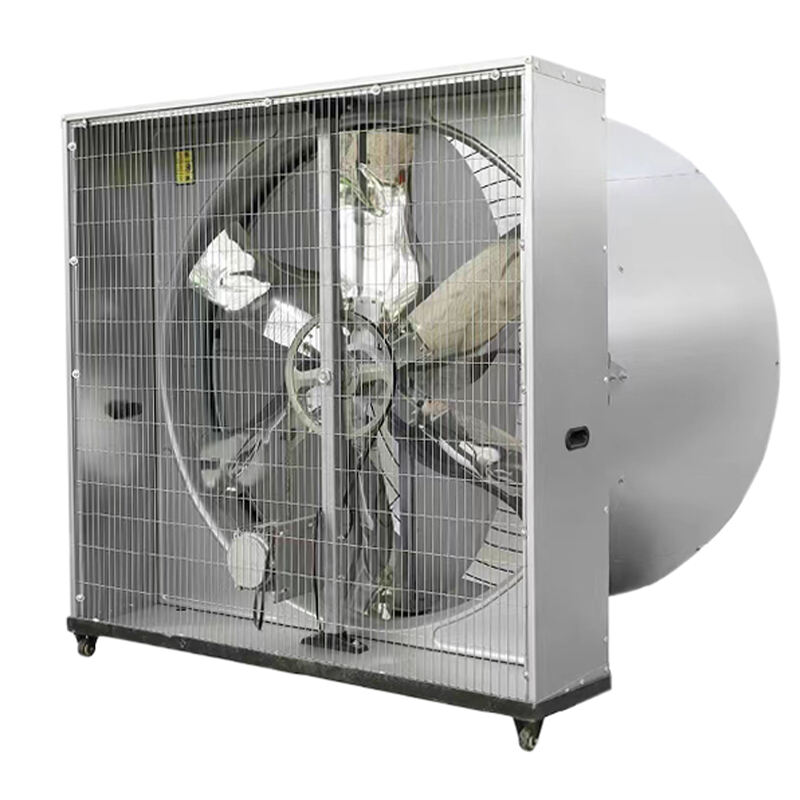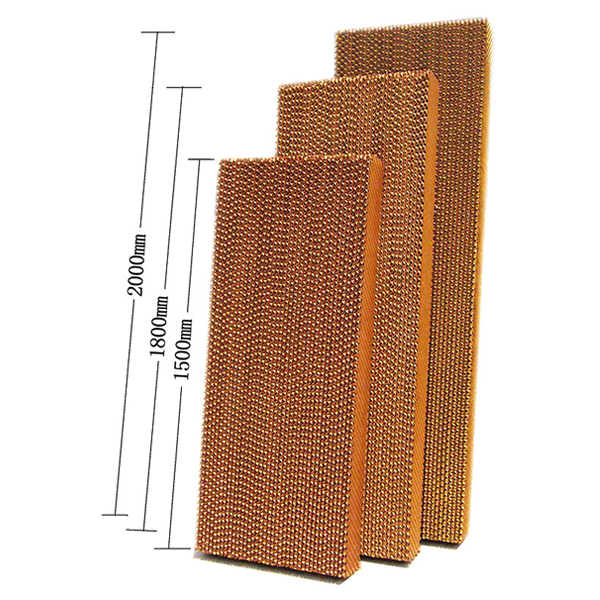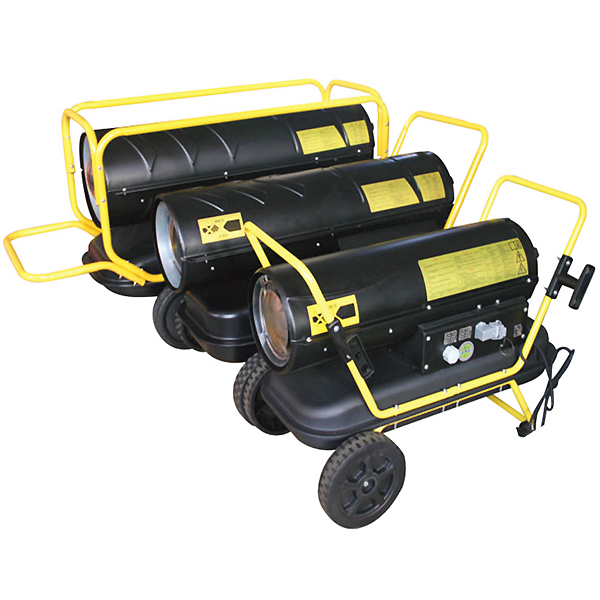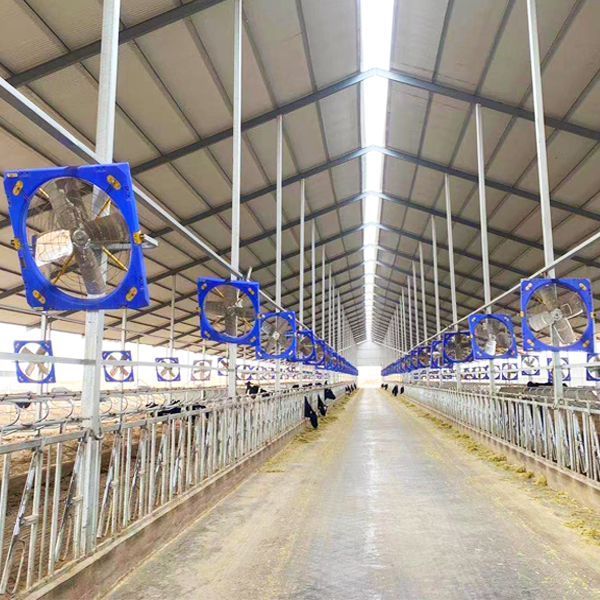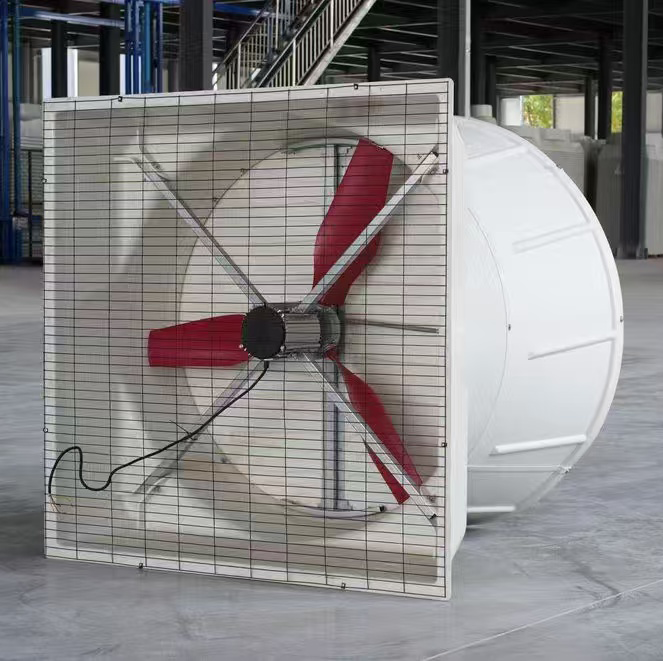silo
Silos are special buildings that are part of preserving the harvest for a long time. They're built for holding vital items such as operated or wheat, so they do not spoil. Much has been done to design poultry farm fans for years, and as time has gone by, the designs changed significantly to cater to farmers' needs. Read along to find out why silos matter so much, how they have transformed over the years, how they assist with food supply and what we can do to improve them to better the environment.
Silos are important for storing crops. They are designed to keep grain and some other, nonperishable crops from spoilage. Before the silos were invented, farmers needed to keep their produce in bags or just pile them up on the ground. However, this was ineffective at keeping food safe as it would easily spoil or be consumed by animals like rats or birds. Silos help to keep crops dry and also protected from bugs and other issues that can make food bad. Silos make it possible for farmers to provide enough food for the planet, even if crops don't thrive during difficult growing seasons.
From farm storage to military strategy - the evolution of silo technology
Silos, themselves, have a long history, though how we use them has evolved dramatically. The type of poultry fan in use today was invented in the late 1800s and now they serve a wide variety of functions beyond just storing crops. Silos are also now used by the military to store missiles and other weapons in addition to holding grain. That’s because silos are now essential for agriculture and national security. And their transformation from basic storage buildings to intricate structures used for agriculture and defense only serves to illustrate how we rely on them in the modern world.
-
The impact of silos on grain storage and the global food supply chain
Silos are essential for maintaining a reliable food supply for all. Being able to store a large quantity of grain and other crops, it makes food available all year along, irrespective of season. This is especially vital for individuals who depend on these crops for a livelihood. Silos also reduce the cost of growing and transporting the food, which means that it could be made more affordable for consumers to buy what is needed. It would be extremely difficult to keep food available for the whole population, and many individuals would find themselves unable to afford a ©-meal.
-
Silos as an architectural symbol of industrialization and infrastructure
But silos aren’t just utilitarian: They’re actually visually fascinating. These tall structures are usually located near areas that transport food, like ports and railroads. They are a sign of agricultural progress, as well as how infrastructure is tied to civilization. Our landscape is dotted with steel silos that are a testament to the hard work of farmers and the technological advances that farming has made. They embody the human ingenuity and desire to create better ways to grow and share our food.
-
Addressing the negative environmental impact of silos and innovative solutions for sustainability
While silos are extremely useful for agricultural purposes, they can also cause adverse environmental effects. For instance, the construction of a silo can result in the felling of trees and the destruction of animals' habitats. Like the third cause of deforestation, the creation and storage of grain is also another source of greenhouse gases that is harmful towards our planet. But there are(new/some) great ideas that can help make silo greener. For example: less energy drag on the silos can be achieved by using solar panels or wind turbines to power them. WE CAN ALSO OPT TO USE GREENER MATERIALS DURING CONSTRUCTION: To minimize their damage to nature.
Why choose Boost silo?
Not finding what you're looking for?
Contact our consultants for more available products.
Request A Quote Now
Get in touch


Copyright © Qingzhou Boost Temperature Control Equipment Co., Ltd. All Rights Reserved - Privacy Policy
